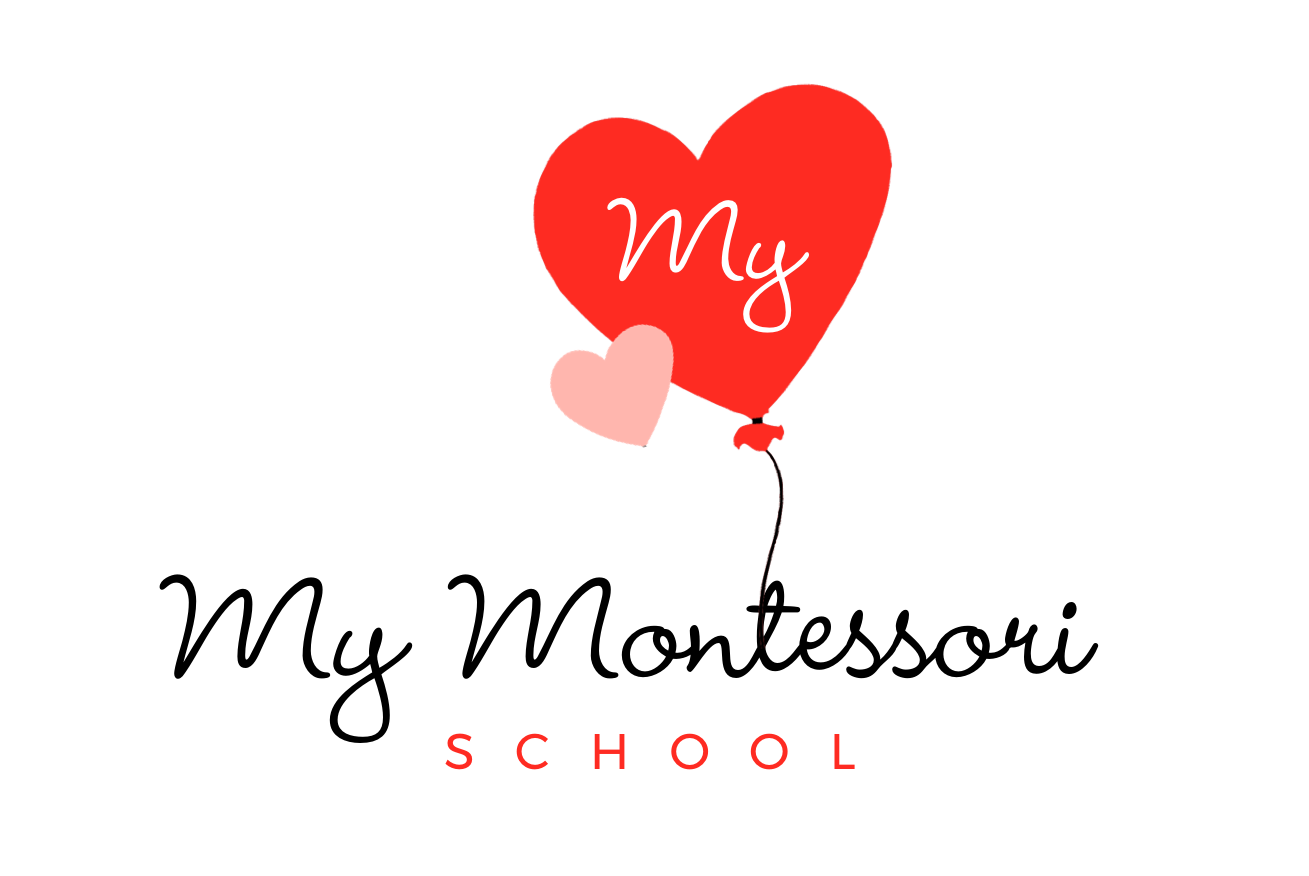Montessori Classroom
The Montessori learning environment is designed with the child in mind. Furniture and décor are appropriate in size and level, the activities are made of natural materials and appeal to the child aesthetically.
In our Classroom we have five different curriculum areas: Practical Life, Sensorial, Early Literacy, Early Numeracy and Knowledge and Understanding of the World.
Activities in this area include:
Practical life activities help children become independent in their daily life thus developing self confidence and self esteem. Activities in this areas include buttoning own jackets, lacing shoes, holding clothes as well as pouring water, arranging flowers, stringing beads, matching locks and keys, planting seeds and many more. As well as learning valuable real life skills, young children also develop hand-eye coordination, left-to-right eye movement (a pre-reading skill), fine motor skills and environmental thinking. This area is immediately attractive for all children, because the materials look exactly like the ones they know from home.
Sensorial area – the materials contained in the Sensorial area are meant to be explored with all five senses. Each material isolates one defining quality such as color, weight, shape, texture, size, sound and smell. Dr. Montessori discovered that ordering, comparing and classifying sensory stimulation is greatly beneficial for the child’s intellectual development. Abilities such as perception, basic problem solving and abstract learning are aided through such activities. This area is also a vital area for the child’s preparation for mathematics.
Early literacy includes materials that prepare the child for writing and reading. Songs, poems, finger games and pre-literacy games help the children to enrich their vocabulary and to begin recognising individual sounds.
The activities in this area develop wrist dexterity, pincer and tripod grip that are all necessary for learning to write.
Early numeracy (math) is an area that introduces abstract concepts to children. The materials and activities in this area introduce gradually the children to the main mathematical concepts such as: pairing, matching, sorting, fractions. Each exercise build upon another and strives to make the child confident and competent when dealing with numbers.
Knowledge and Understanding of the world allows kids to explore the natural and social world around them. It’s a vast and inclusive area. Geography, Zoology, Botany, History and Science are some of the leading themes.
